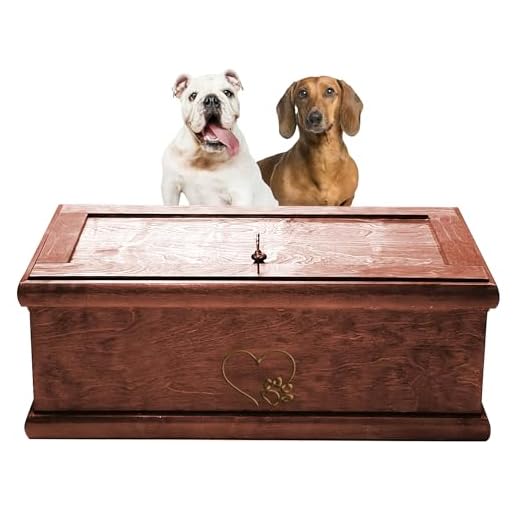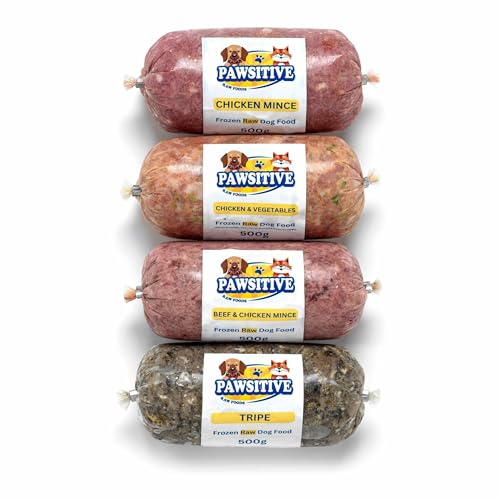




Choosing a proper location for the remains of a beloved canine is a significant decision. Burying within a personal garden can offer a peaceful resting place, ensuring a heartfelt connection remains. It’s crucial to check local regulations regarding pet interment; many areas permit private burials in residential spaces if certain guidelines are met.
If interment isn’t viable, consider contacting local veterinarians or animal shelters. Many provide cremation services, allowing for a dignified farewell. Ashes can be kept in a decorative urn or scattered in a meaningful spot, perhaps a favourite park or trail frequented together.
In cases where immediate action is necessary, waste disposal services may be an option. However, this choice often lacks the emotional closure that a burial or cremation provides, so it’s worth exploring more personal alternatives first.
Reflect on the cherished moments shared; this can offer comfort during the grieving process. Creating a small memorial or planting a tree in honour of the furry friend can serve as a lasting tribute, keeping the memory alive in a tangible way.
Choosing a Burial Site in Your Garden
For those considering a resting place within their garden, selecting the right spot is paramount. Aim for an area that’s serene and tranquil, away from high foot traffic and daily activities. This not only ensures peace but also creates a comforting space for remembrance.
Soil Conditions and Drainage
Assess the soil conditions before deciding. Well-drained soil is ideal as it prevents water accumulation, which can lead to unpleasant odours. If the ground is too rocky or clay-heavy, it might pose challenges during the burial process. Test the area by digging a small hole; this gives insight into what to expect.
Proximity to Trees and Plants
Choosing a spot near trees or shrubs can provide natural beauty to the site. However, avoid placing the resting place directly underneath a large tree, as roots can interfere with the burial. Instead, opt for an area where the foliage can offer shade, creating a peaceful environment. If considering future planting, ensure to leave enough space for growth. For those with small breeds, like teacup Yorkies, proper nutrition is important; check out the best dog food for teacup yorkies for ideas on maintaining their health.
Understanding local regulations for pet disposal
Check local ordinances before deciding on a method for animal remains. Many municipalities have specific guidelines regarding burial, cremation, and disposal methods. This ensures compliance and can prevent potential fines.
Researching regulations
Visit the official website of your local council or relevant authorities. Often, they provide detailed information about acceptable practices for animal remains. If online resources are limited, consider contacting local animal control or a veterinarian for guidance.
Considerations for cremation
If opting for cremation, ascertain whether local facilities are licensed and follow health regulations. Some areas may require permits for cremation. Always inquire about the process and any documentation needed. Choosing a reputable service ensures respectful handling of remains.
Be aware that improper disposal can lead to health hazards or environmental concerns. Following local laws not only shows respect for the lost companion but also for the community.
How to Prepare the Body for Burial
Start by gently wrapping the pet in a soft blanket or towel. This helps maintain dignity and provides comfort during the transition. Ensure the body is clean; use a damp cloth to wipe away any dirt or debris. If possible, place a small personal item, like a favourite toy, alongside the body.
Choosing the Right Container
Select a biodegradable casket or a simple wooden box. This option allows for natural decomposition. If a container is not available, using a heavy-duty plastic bag can suffice, but aim for materials that break down over time.
Temperature Considerations
Keep the body in a cool, shaded area until burial. If burial cannot occur immediately, consider placing the wrapped body in a refrigerator, avoiding freezer compartments. This prevents decomposition while awaiting the burial process.
| Preparation Step | Description |
|---|---|
| Wrap | Use a soft blanket or towel. |
| Clean | Wipe with a damp cloth. |
| Container | Choose biodegradable materials. |
| Temperature | Store in a cool, shaded place. |
Taking these steps ensures respectful handling of a beloved companion, allowing for a meaningful farewell.
Exploring Cremation Options for Your Pet
Cremation presents a dignified choice for those wishing to honour the memory of a beloved companion. Several avenues are available, each catering to different preferences and circumstances.
Types of Cremation Services
Two primary types exist: communal and individual cremation. Communal cremation involves multiple animals being cremated together, with ashes typically scattered or disposed of by the service provider. Individual cremation ensures that the remains are processed separately, allowing for the return of ashes.
Choosing a reputable service is vital. Look for facilities that are transparent about their processes and offer options for viewing the cremation. Personalisation, such as witnessing the process or selecting a specific urn, adds a meaningful touch.
Aftercare Options
Post-cremation, various aftercare options are available. Many providers offer keepsake urns, which serve as a lasting tribute. Some even provide memorial services, which can be a comforting way to celebrate the life of a cherished friend. Consider planting a tree or flower in honour of the departed companion, combining remembrance with nature.
Consult local veterinarians or pet care facilities for recommendations on reliable cremation services. They often have established partnerships and can guide through the process, ensuring a respectful farewell.
Finding Pet Disposal Services in Your Area
Contact local veterinary clinics or animal hospitals to obtain referrals for reputable pet disposal services. Many vets have established partnerships and can recommend compassionate providers who specialise in this sensitive area.
- Search online for pet cremation and burial services. Use terms like “pet cremation near me” or “animal disposal services in [your location].”
- Check local directories or community boards for listings of companies dedicated to pet aftercare.
- Read customer reviews on platforms like Google or Yelp to gauge the experiences of others with specific services.
- Inquire with local animal shelters; they often have contacts for proper disposal methods.
Questions to Ask
Before selecting a service, consider asking the following:
- What types of disposal options are available? (cremation, burial, etc.)
- Are the services licensed and insured?
- What are the costs associated with each option?
- How are remains handled post-disposal?
- Can personalised memorial items be arranged?
Gathering this information helps ensure that the chosen service aligns with personal values and wishes for a beloved pet’s final arrangements.







